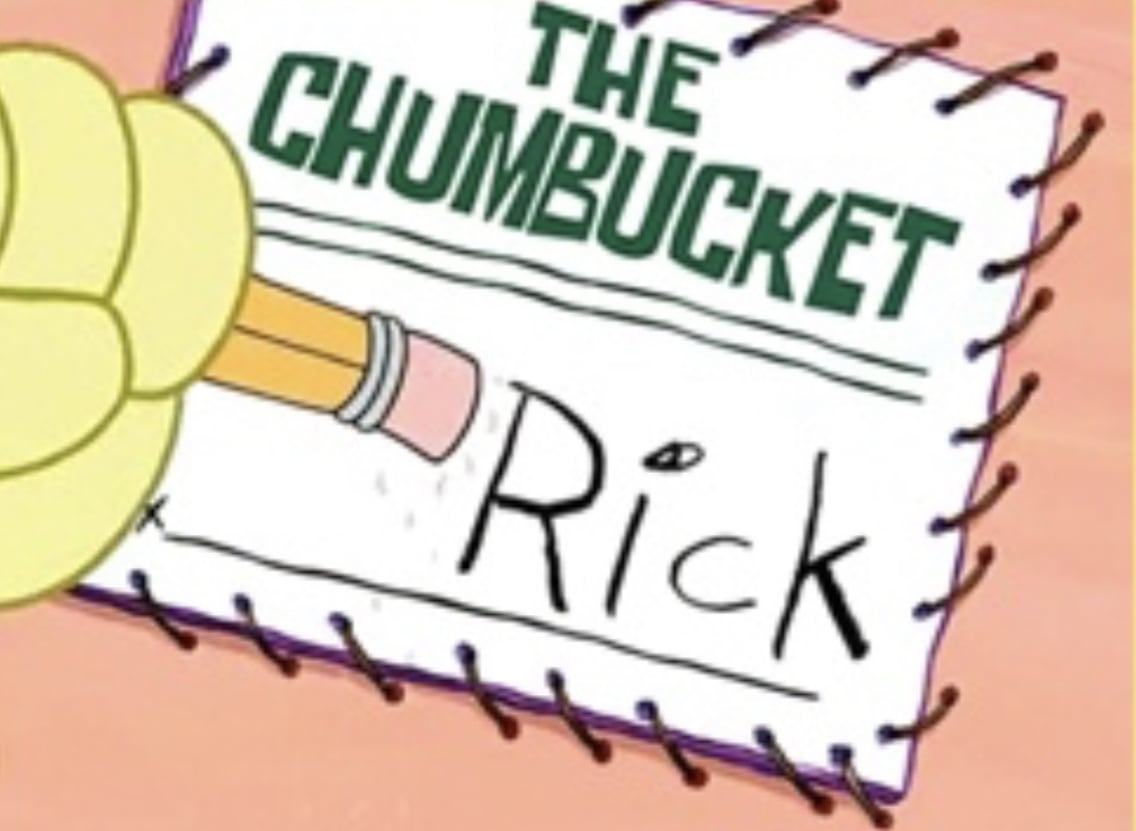The spirit of Sherman compels you to march to Belgorod and set it on fire
No. Don’t set cities on fire. People live there, it’s wrong to harm them.
Maim their military, kill their leaders, destroy their weapons. That’s what is right to do. Than let them learn to life in peace with their neighbours.
We don’t necessarily do reasonable takes on NCD
Ok then, howabout:
Shoot their soldiers, rip out their living goddamned guts and use them to grease the treads of your tanks.
Baby tested, Khorne approved
I gotta say its been a loooong time since I’ve seen or heard a dead baby joke.
That’s because necromancy is a rare and dark art.
Oh yeah, it’s right here in the service manual. “Enemy entrails should only be used as lubricant in an emergency, when a a superior petroleum based lubricant is unavailable.”
Sorry that’s ridiculous. That’s not even what is best in life.
No, what is best in life is to crush your enemies, see them driven before you, and hear the lamentation of their women.
DEH VIMMEN.
It’s a specific meme take in a meme community. Calm down Francis.
Aside from Lend-Lease materiel in Russia, which would have been provided in a more-friendly environment, the US was part of the Allied intervention in Russia during World War I. This was after the Russian government collapsed mid-war, and materiel that had been sent to the Russian government was at risk of being seized by the Bolsheviks. The aim was to secure that and to help evacuate the Czechoslovak Legion.
There were two small US military forces that entered Russia, one in the west and one in the east.
https://en.wikipedia.org/wiki/American_Expeditionary_Force,_North_Russia
The American Expeditionary Force, North Russia (AEF in North Russia) (also known as the Polar Bear Expedition) was a contingent of about 5,000 United States Army troops[1] that landed in Arkhangelsk, Russia as part of the Allied intervention in the Russian Civil War. It fought the Red Army in the surrounding region during the period of September 1918 through to July 1919.
U.S. President Woodrow Wilson sent the Polar Bear Expedition to Russia in response to requests from the governments of Great Britain and France to join the Allied Intervention in North Russia (also known as the North Russia Campaign). The British and French had two objectives for this intervention:[2]
-
Preventing Allied war material stockpiles in Arkhangelsk (originally intended for the recently collapsed Eastern Front) from falling into German or Bolshevik hands
-
Mounting an offensive to rescue the Czechoslovak Legion, which was stranded along the Trans-Siberian Railroad
https://en.wikipedia.org/wiki/American_Expeditionary_Force,_Siberia
The American Expeditionary Force, Siberia (AEF in Siberia) was a formation of the United States Army involved in the Russian Civil War in Vladivostok, Russia, after the October Revolution, from 1918 to 1920. The force was part of the larger Allied North Russia intervention. As a result of this expedition, early relations between the United States and the Soviet Union were poor.
It’s also possible that some kind of military hardware might have been sold to Russia prior to World War I, though I’m not familiar with any particular item, and I’m not sure at what point American industry would have become competitive enough with Russian industry to make it worth it for Russia to obtain military hardware from the US; the early US would definitely have been behind Russia in military industry. Prior to the World War era, relations with Russia were generally warmer.
John Paul Jones wound up working for Russia, and I suppose perhaps some of his contemporaries might have as well, but I don’t know if there was any kind of materiel moving.
Russia got a bunch of 1895 Winchester rifles for WW1. They’re the only army ever to field lever action rifles to standard infantry.
I don’t think Led Zeppelin ever worked for Russia
TIL!
Fun Tank History Fact: the Russian tank program started from captured Allied tanks from this invasion.
The T-34 is a direct design descendant of the French Renault FT as a result.
That’s wrong. T-34 was an evolution of the BT series tanks, which themselves evolved from designs of Walter J. Christie, whose licence Soviets bought in the beginning of 30’s.
EDIT: And to be pedantic: Although it was directed from Moscow, the main tank plant was in todays Kharkiv, Ukraine - so it’s more accurate to talk about Soviet tank program.
If you accuse Wikipedia of lying to me again there’s going to be trouble, buddy
WDYM? English Wikipedia article on T-34 also mentions origin from Christie’s designs.
I see the problem. I’m talking about the T-34’s great grandpa and you’re talking about its dad.
You:
The T-34 is a direct design descendant
vs
The article you link:
The T-18 and its derivatives were essentially unsuccessful designs, …, and in the meantime a number of foreign tank designs were available for production.
You were simply wrong.
That same article:
The T-18 fucked Vikthor’s mother and didn’t call her back… leading to his expulsion from forklift certification class for cherry picking quotes and ignoring design context, like its use in the subsequent T-24. Though the T-24 was largely a failure despite initial interest it is credited by the Kharkiv Morozov design bureau with giving them the experience and knowledge needed to begin the BT design line and the subsequent T-34.
Tl;Dr
Renault FT->T-18->T-24->BT-7->T-34
Tank design simply does not happen in a vacuum, they are very rarely designing a new tank from the ground up. They incorporate proven techniques and mechanics from preceding designs with new ideas (like the Christie suspension) until they come up with a (hopefully) working model.
By the time you’re five generations deep the only thing they might still have in common is the rotating turret, but that doesn’t mean it’s not a design descendant.
Further, the Renault FT is considered the ancestor of all modern tank designs regardless of everything else. It’s just interesting in the Soviet case that they got their start reverse engineering some captured examples.
-
Someone forgot Uranium deals








